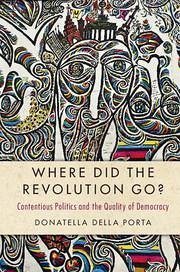
The New Transnational Activism

PAYBACK Punkte
42 °P sammeln!
The New Transnational Activism, first published in 2005, shows how even the most prosaic activities can assume broader political meanings when they provide ordinary people with the experience of crossing transnational space. This means that we cannot be satisfied with defining transnational activists through the ways they think. The defining feature of transnationalism in this book is relational, and not cognitive. This emphasis on activism's relational structure means that even as they make transnational claims, transnational activists draw on the resources, the networks, and the opportunitie...
The New Transnational Activism, first published in 2005, shows how even the most prosaic activities can assume broader political meanings when they provide ordinary people with the experience of crossing transnational space. This means that we cannot be satisfied with defining transnational activists through the ways they think. The defining feature of transnationalism in this book is relational, and not cognitive. This emphasis on activism's relational structure means that even as they make transnational claims, transnational activists draw on the resources, the networks, and the opportunities in which they are embedded, and only then - if at all - on more distant transnational links. But we can no more sharply draw a line between domestic and international politics in studying transnational activism than we could ignore local politics in studying its national equivalent. Understanding the processes that link the local, the national and the international is the major undertaking of the book.













